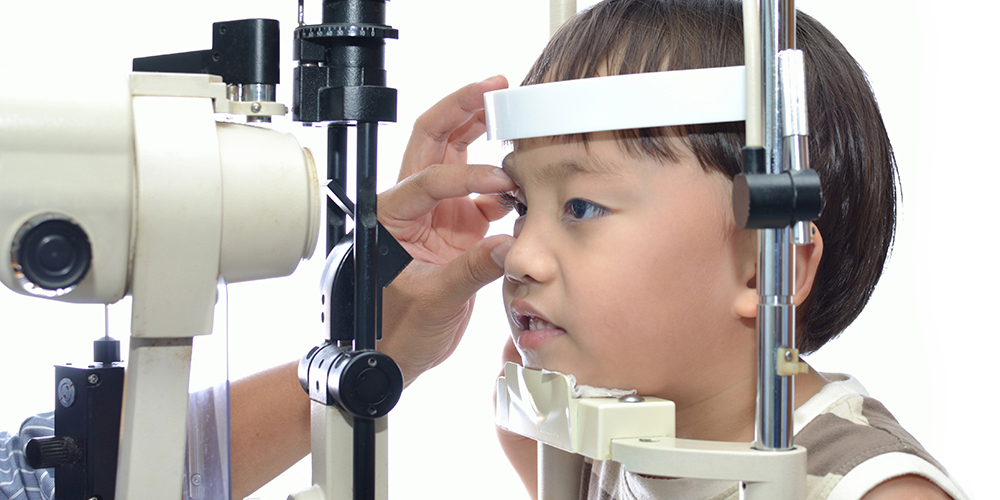How is Myopia Treated?
 When myopia, or nearsightedness, is diagnosed, an eye care professional will determine how much correction is needed and write a prescription that will be used to grind a pair of eyeglass lenses or fit contact lenses. That’s the solution for most people who need to re-focus the point at which light is directed to the retina.
When myopia, or nearsightedness, is diagnosed, an eye care professional will determine how much correction is needed and write a prescription that will be used to grind a pair of eyeglass lenses or fit contact lenses. That’s the solution for most people who need to re-focus the point at which light is directed to the retina.
For children, glasses generally are the preferred treatment, because contact lenses may introduce new complications, such as infection. However, contact lenses may make more sense for certain activities, such as sports involving a helmet.
People who are older and whose optic errors have stabilized may opt for surgery, the National Eye Institute reports. Procedures such as LASIK and photoreactive keratectomy reshape the cornea in order to focus light on the retina. But such surgeries are not foolproof — the NEI says a study of LASIK patients found up to 40 percent of them experienced aftereffects such as glare, halos and “ghosting.”
Even then, a nearsighted person who undergoes refractive surgery may find that she no longer can read comfortably without corrective lenses. Those people may end up trading traditional glasses for reading glasses.
Researchers, like those at the Pacific University College of Optometry, are working to reduce myopia and its effects around the world. The latest effort: Participation in a national study of an eye drop designed to slow the progression of myopia in children. “We want to catch kids as early as possible,” said Dr. Chunming Liu, the principal investigator in the research being conducted at Pacific.
Pacific is looking for age 3 to 10 years old children who have been diagnosed with myopia to participate in the study. Participants will receive all study-related visits, eye exams, and eye drops for free, along with a yearly allowance for glasses and/or contact lenses.


